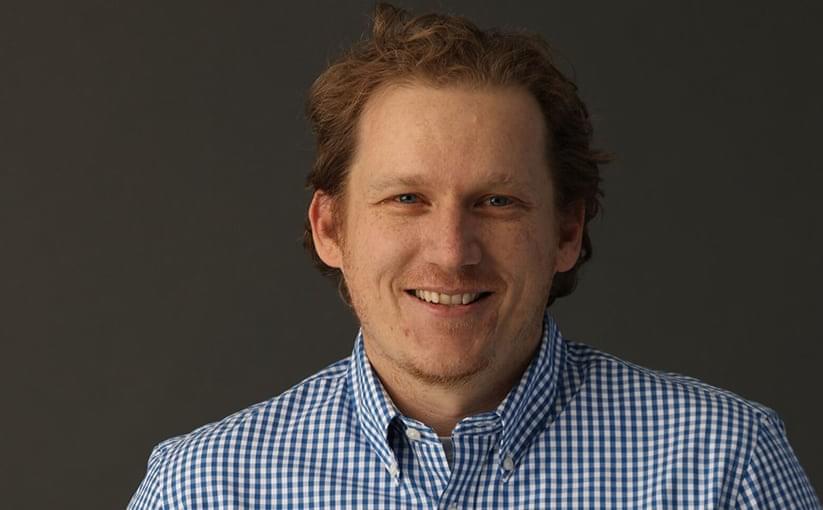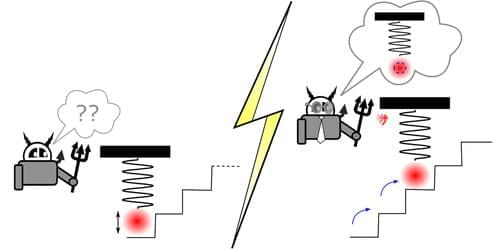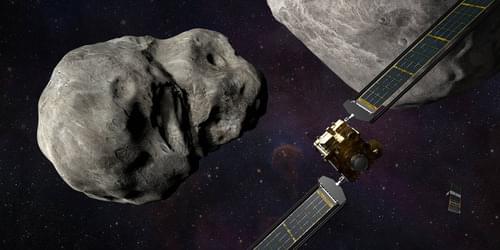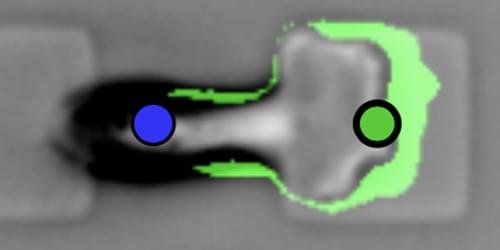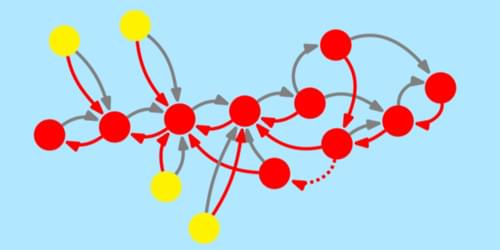China Launches World’s Fastest Quantum Computers | China’s Advancement In Quantum Computers #technology.
“Techno Jungles”
In 2019, Google announced that its 53-qubit Sycamore processor had finished a task in 3.3 minutes that would have taken a conventional supercomputer at least 2.5 days to accomplish. According to reports, China’s 66-Qubit Zuchongzhi 2 Quantum Processor was able to complete the same task 1 million times faster in October of last year. Together with the Shanghai Institute of Technical Physics and the Shanghai Institute of Microsystem and Information Technology, a group of researchers from the Chinese Academy of Sciences Center for Excellence in Quantum Information and Quantum Physics were responsible for the development of that processor.
According to NDTV, the Chinese government under Xi Jinping has spent $10 billion on the country’s National Laboratory for Quantum Information Sciences. This demonstrates China’s significant commitment to the field of quantum computing. According to Live Science, the nation is also a world leader in the field of quantum networking, which involves the transmission of data that has been encoded through the use of quantum mechanics over great distances.
Classical computers cannot compete with the capabilities of quantum computers when it comes to certain tasks due to the peculiar mathematics that governs the quantum world. Quantum computers perform calculations using qubits, which can simultaneously exist in many states, in contrast to classical computers, which perform calculations using bits, which can only have one of two states (typically represented by a 1 or a 0). Because of this, quantum computers solve problems significantly faster than traditional computers. But despite the existence of theories that have been around for decades and predict that quantum computing will outperform classical computing, the construction of practical quantum computers has proven to be a great deal more difficult.
If you enjoyed considering please like and subscribe to it, it helps grow our channel.
